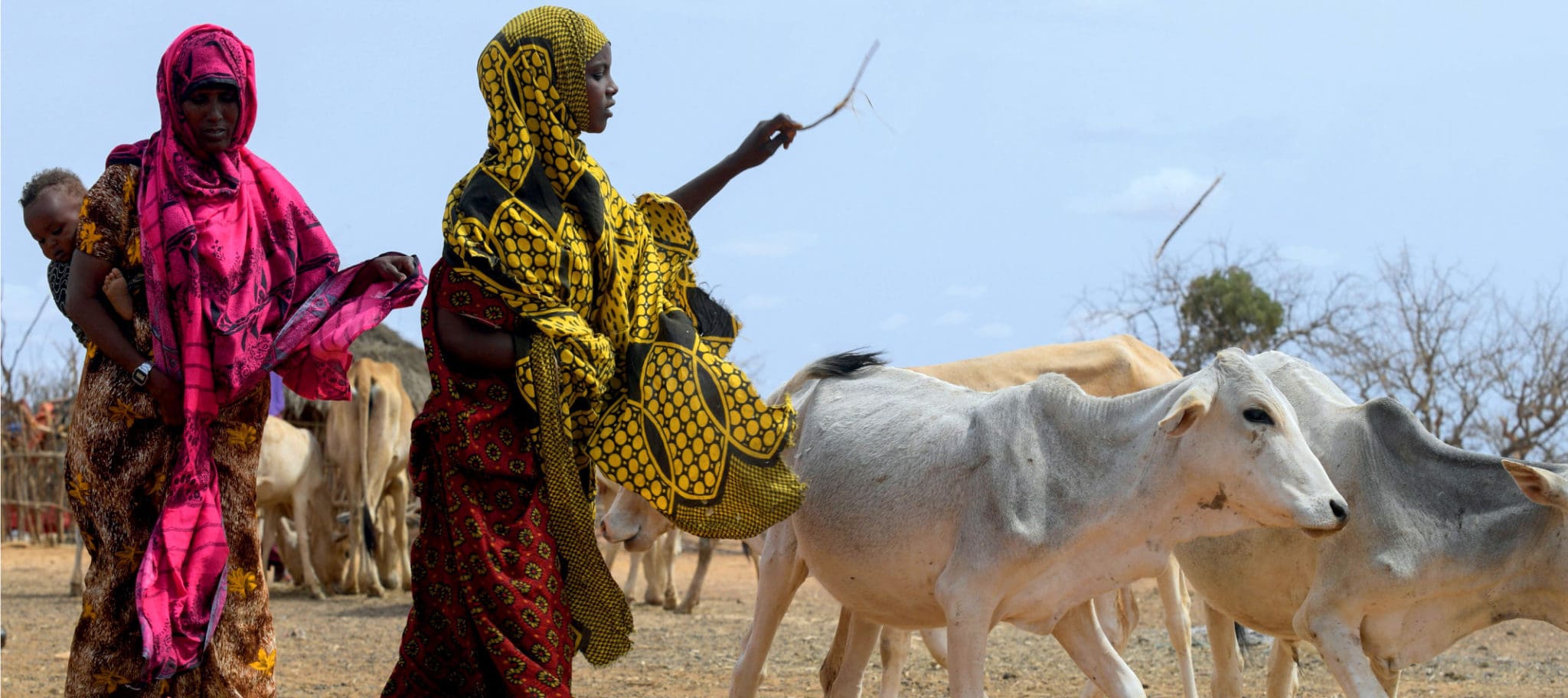
The most recent evidence signals that the number of hungry people in the world is growing, reaching 821 million in 2017 or one in every nine people, according to the report The State of Food Security and Nutrition in the World 2018. The report summarizes the most recent trends in hunger, food insecurity and malnutrition in all its forms with an analysis on wasting, and an emphasis on the extent to which climate variability undermines progress in these areas. The evidence suggests that severe food insecurity has been increasing in all sub-regions of Africa and in South America. Analyses on wasting among children under five years of age reveal that inequities persist – the poorest households having a prevalence nearly 1.4 times higher than the richest households at the global level, and nearly twice as high in some sub-regions. SOFI was published through a partnership of United Nations agencies including FAO, IFAD, UNICEF, WFP and WHO.
English French Spanish Russian Arabic Chinese
The Sustainable Development Agenda marked the start of a new era in monitoring progress towards achieving a world without hunger and malnutrition in all its forms. Recent trends indicate that we are not on track to achieve any of the 6 Sustainable Development Goal nutrition targets by 2025 or 2030. While stunting prevalence continues to decline, with 22.2 per cent of under-five children affected in 2017, progress is far from levels required to achieve the set targets. Similarly, exclusive breastfeeding has seen only a modest change since 2012; and if trends continue the current trajectory would not support achievement of a 70 per cent rate by 2030. Meanwhile, overweight prevalence appears stagnant at 5.4 per cent in 2012 and 5.6 per cent in 2017. At the same time, maternal anaemia and adult overweight and obesity appear to be moving in the wrong direction, away from the target instead of towards it. Maternal anemia can have negative consequences on children including low birthweight and stunted growth. Low birthweight can in turn increase the risk of overweight and obesity in adulthood.
Wide variations in prevalence of wasting exist between countries but also within countries, where wasting rates are on average 1.4 times higher among children from the poorest households when compared to the richest. In three of five subregions in Africa, the poorest have significantly higher rates of wasting – nearly twice as high in Eastern Africa – when compared to the richest. In subregions with lower rates such as Central America and Southern Africa, there is no notable difference between the richest and the poorest.
As this year’s report shows, children have been increasingly exposed to multiple types of climate related disasters and extremes over the last three decades. Addressing undernourishment is especially urgent for children living in countries most affected as climate variability and extremes are key drivers behind the recent rise in global hunger and one of the leading causes of severe food crises. As the wasting situation can deteriorate rapidly, especially in young children, in the face of severe food crises, and as children and women are more susceptible to effects of climate extremes, the challenge lies in increasing food production in ways that are both more sustainable and more climate-resilient, while at the same time reducing emissions.
Furthermore, as climate extremes do not only lead to ruined crops and food price increases, but also increase of diseases that can cause diarrhoea which can decrease nutrient absorption and increase nutrient loss, exposed children might be at increased risk of undernutrition for reasons separate from food insecurity.
Overall recommendations
To address the rise in hunger and food insecurity as well as the concomitant problem of malnutrition, we need to support governments not only in making nutrition a priority, but also in developing and implementing policies, programmes and systems that help deliver nutrition to the children at greatest risk. Key actions include:
- Focusing on building resilience against the potential impact of climate related shocks and emergencies for those living in areas most susceptible to climate extremes.
- Strengthening local and global food systems to help more children and families access nutritious, affordable and sustainable diets.
- Increasing support for breastfeeding, especially in the first six months of life, as well as more diverse diets for infants and young children.
- Working with other sectors to facilitate nutrition access, such as helping schools provide nutrition services to students who need it and designing safety-net programmes like cash transfers and vouchers for families.
- Better data about children, nutrition, hunger and food insecurity, so no child is left behind.